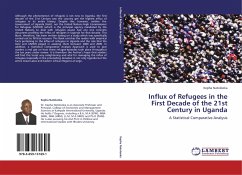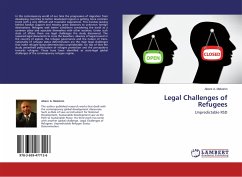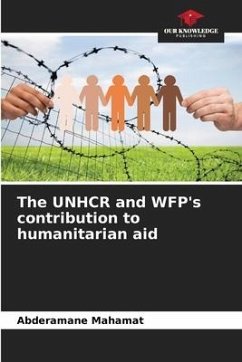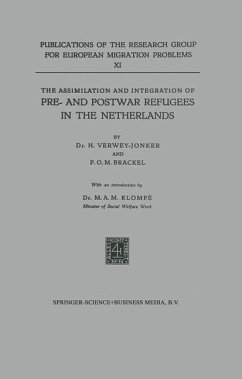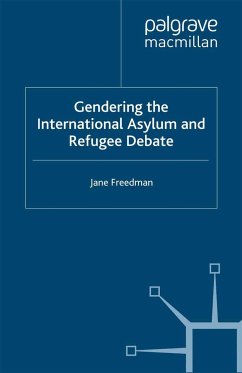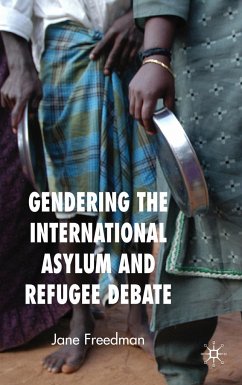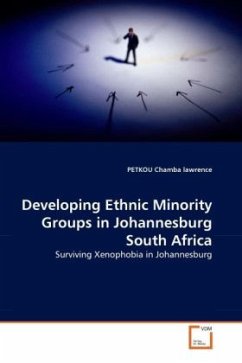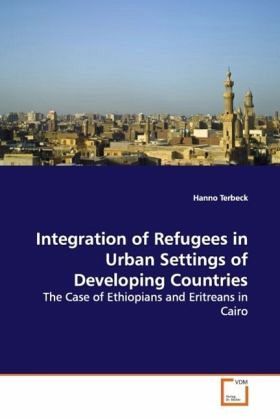
Integration of Refugees in Urban Settings of Developing Countries
The Case of Ethiopians and Eritreans in Cairo
Versandkostenfrei!
Versandfertig in 6-10 Tagen
52,99 €
inkl. MwSt.

PAYBACK Punkte
26 °P sammeln!
Cairo hosts tens of thousands of refugees from allover Africa. Many of them make their way to themega-city in hope for resettlement in a westerncountry. Although Ethiopians and Eritreans are one ofthe largest groups among these migrants, they arehardly researched. The author Hanno Terbeck spent sixmonths in the Egyptian capital to study their levelof integration into Cairene society. By using a mixof quantitative empirical as well as qualitativeresearch methods, he identifies three sets of factorsthat have a big impact on the refugees' successfulintegration: the Ethiopians' and Eritreans' lega...
Cairo hosts tens of thousands of refugees from all
over Africa. Many of them make their way to the
mega-city in hope for resettlement in a western
country. Although Ethiopians and Eritreans are one of
the largest groups among these migrants, they are
hardly researched. The author Hanno Terbeck spent six
months in the Egyptian capital to study their level
of integration into Cairene society. By using a mix
of quantitative empirical as well as qualitative
research methods, he identifies three sets of factors
that have a big impact on the refugees' successful
integration: the Ethiopians' and Eritreans' legal
status including their treatment by the Egyptian
authorities, the refugees' position towards their
integration, and the Egyptians' perceptions of the
Ethiopians and Eritreans living in Cairo.
This book addresses policy makers and researchers who
want to learn more about Ethiopian and Eritrean
migrants in Egypt, as well as everyone else who is
interested in refugee integration in urban centers of
developing countries.
over Africa. Many of them make their way to the
mega-city in hope for resettlement in a western
country. Although Ethiopians and Eritreans are one of
the largest groups among these migrants, they are
hardly researched. The author Hanno Terbeck spent six
months in the Egyptian capital to study their level
of integration into Cairene society. By using a mix
of quantitative empirical as well as qualitative
research methods, he identifies three sets of factors
that have a big impact on the refugees' successful
integration: the Ethiopians' and Eritreans' legal
status including their treatment by the Egyptian
authorities, the refugees' position towards their
integration, and the Egyptians' perceptions of the
Ethiopians and Eritreans living in Cairo.
This book addresses policy makers and researchers who
want to learn more about Ethiopian and Eritrean
migrants in Egypt, as well as everyone else who is
interested in refugee integration in urban centers of
developing countries.



